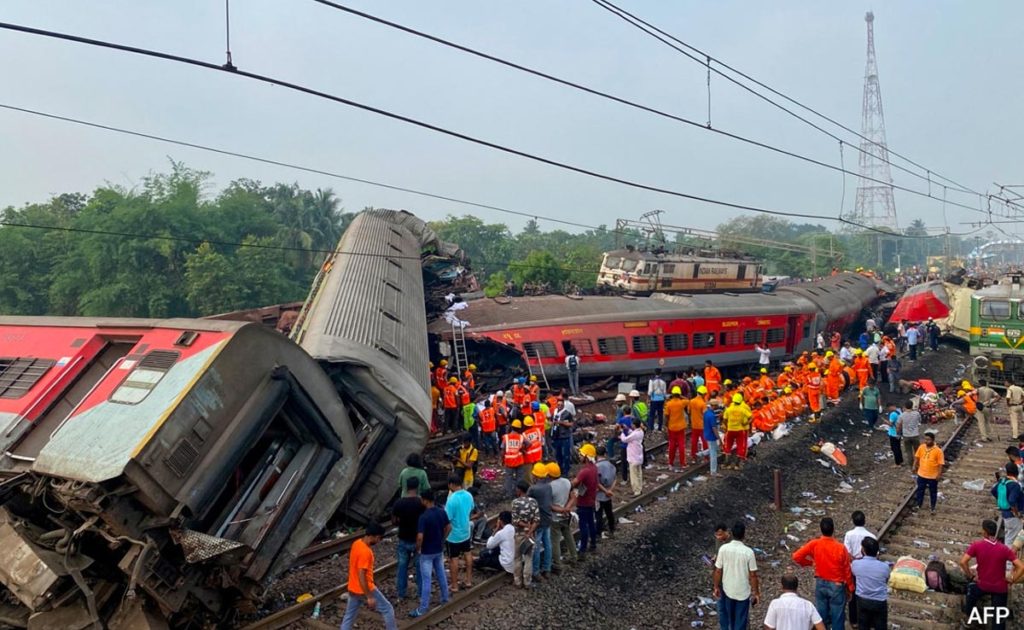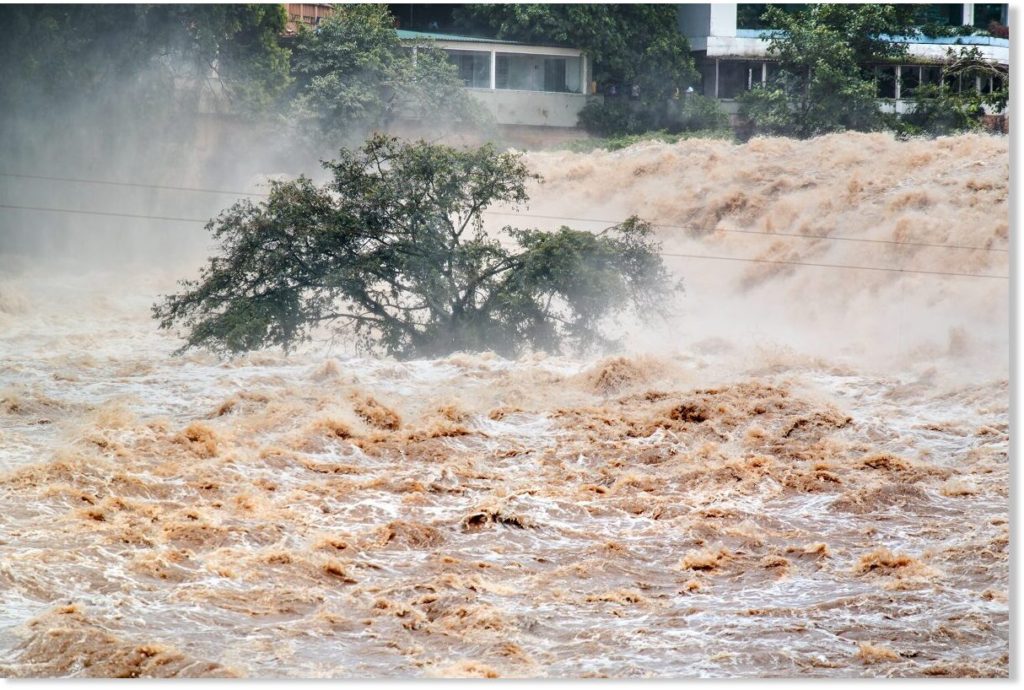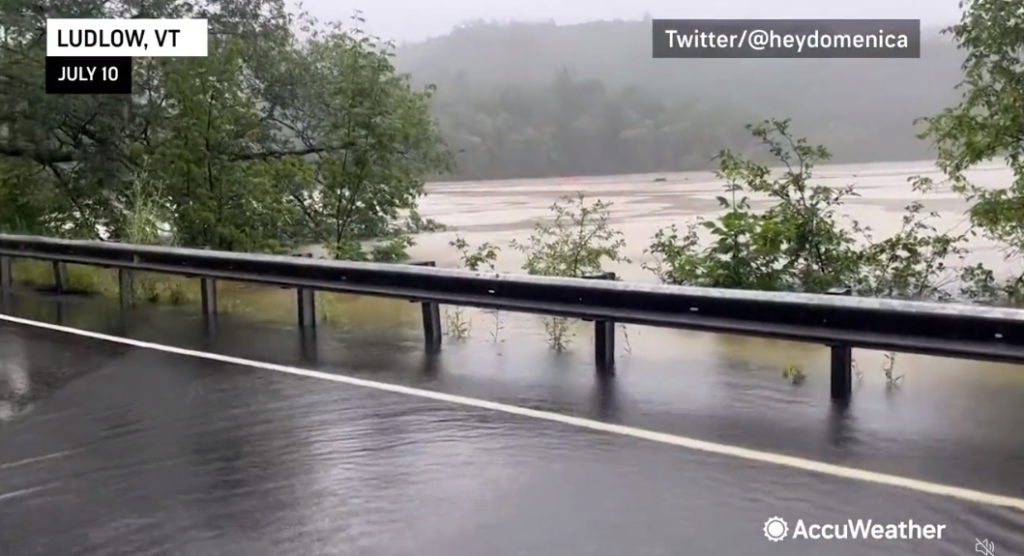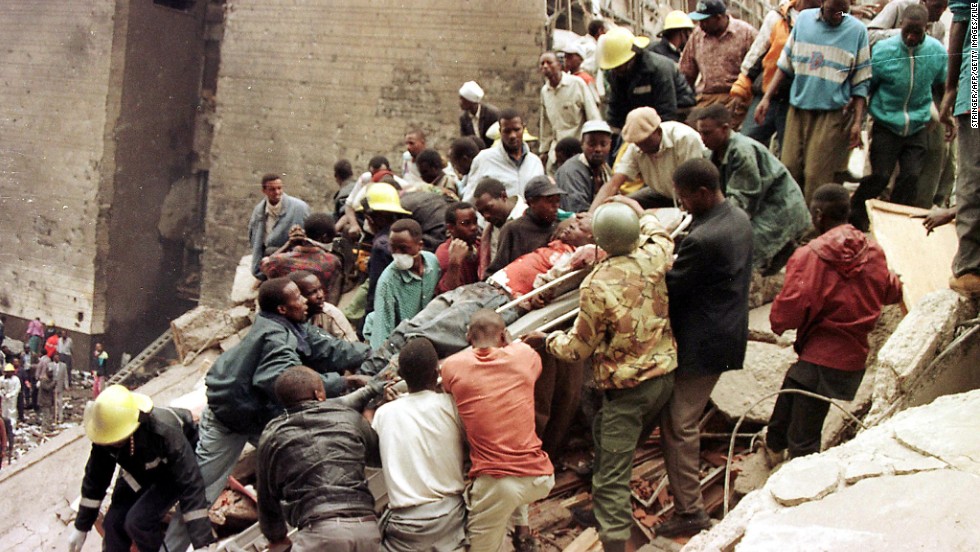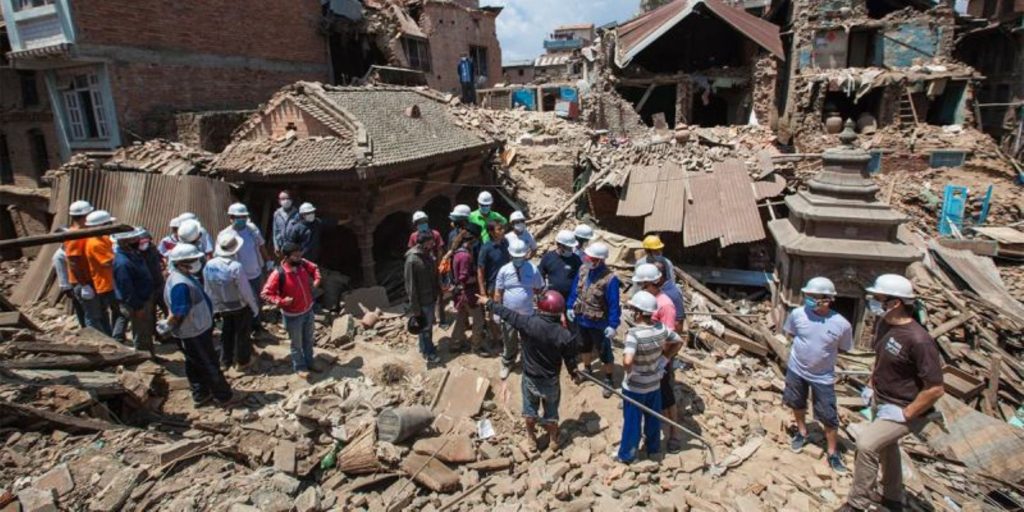National Guard : Advancing Democracy Through Security & Defense Pact Across The Globe
According to an Associated Press report, Switzerland, Finland, and Sweden are considering establishing security ties with the U.S. National Guard. This move indicates an end to their long-standing policies of military nonalignment, prompted by Russia’s invasion of Ukraine. The report notes that Finland and Sweden are currently discussing partnerships, while Switzerland is evaluating the benefits […]
National Guard : Advancing Democracy Through Security & Defense Pact Across The Globe Read More »


